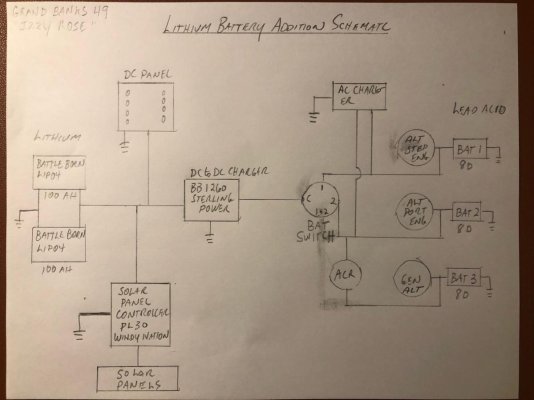I agree about Wakespeed, at least I think I do. I'm using one in my build, but don't have any hands on with it yet.
Regarding charging LFP, now almost 2 years into a system that provides daily power, I've come to believe there is a whole less to worry about when charging them in a typical house battery setup. The charging guidelines are largely motivated by vehicle applications and are for running batteries up to max possible charge, then drawing them down to the lowest possible level. Also recharging as fast as possible. Under these conditions, there are lots of things you need to watch carefully; current, temperature, cell balance, etc. But in a typical house battery design, you will likely never operate anywhere near any of those limits.
You are right about keeping the charge current down, but that's all relative. I would venture that few boat have the charger capacity to even reach .5C, and are more likely in the .25C range. So charging too fast is inherently not possible, so no need to supervise it. Now if a boat has very large chargers and very small batteries, it might be different, but the basic system design will tell you whether you need to worry about this.
Same with end-of-charge conditions. If you don't need every drop of capacity out of your batteries, just don't charge them up to the edge of death. Stop at a modest voltage, and call it a day. You will be plenty close enough. Rod Collins at MarineHowTo did some good tests showing how little actually capacity is forfeited by stopping your charge cycle before the bitter end. I recently "balanced" two cells in my pack (I manually balance) for the first time ever because they were not reaching the same end voltage as the other batteries, and the ones that were getting ahead were starting to get close to the BMS shutdown point. Guess how much energy it took to catch those cells up? 3Ah, on a 360Ah bank. That's less than 1%, and the difference between a cell being "lightly" charged, and charged to the very top.

